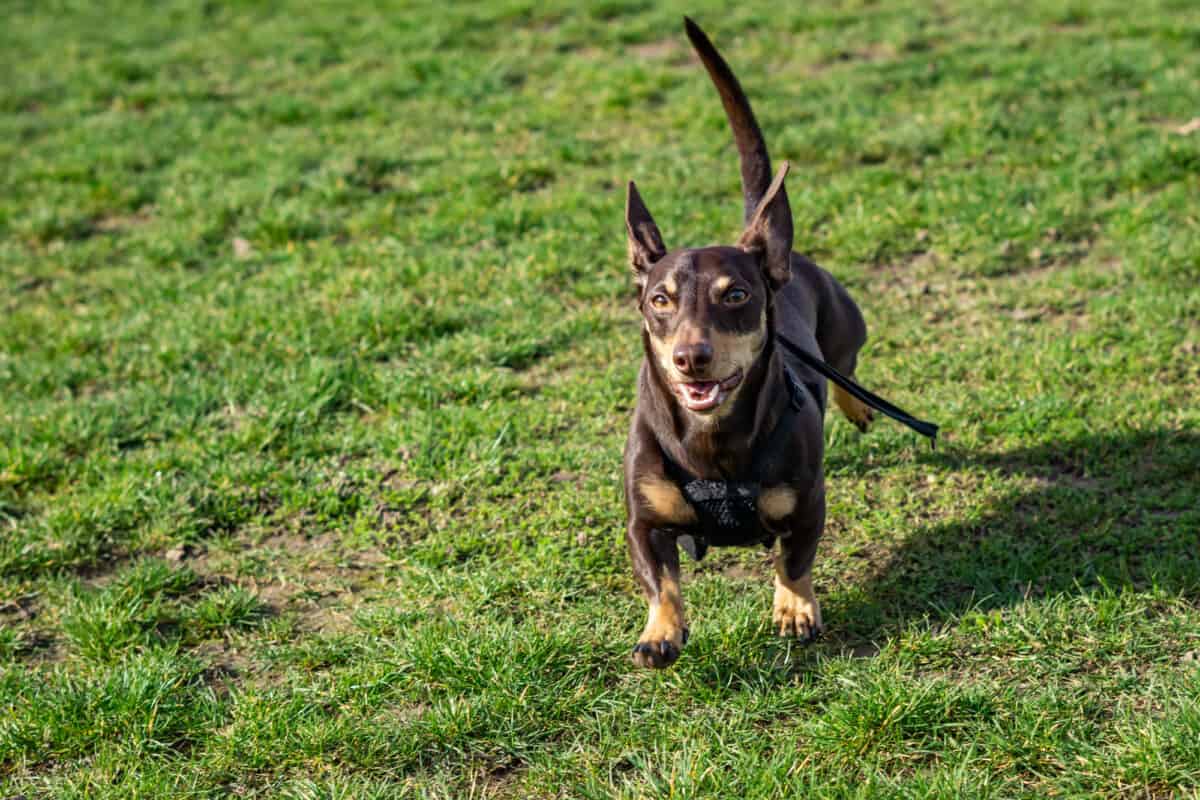Every dog owner has been there. You’re going about your day when suddenly your furry companion starts doing something that makes you scratch your head in confusion. Dogs have this uncanny ability to leave us wondering if they’re brilliant or just plain weird. The truth is, most of these peculiar behaviors have fascinating explanations rooted in their biology, psychology, and ancient heritage.
10. Howling at Sirens Like They’re Calling Home

Picture this: a fire truck races down your street with sirens blazing, and suddenly your dog throws their head back like they’re auditioning for a wolf documentary. Some research has concluded that there may be several reasons for your dog’s howling at sirens. It can be a way to communicate with and bond with other dogs, it can come from a fear-based reaction, or it could be due to their desire to protect their family. The truth is that dogs that bark or howl at sirens may be actively responding to an ancient call of the wild. Howling is a form of communication over long distances that dogs have been practicing for centuries. Your dog isn’t trying to annoy the neighbors – they genuinely think they’re answering another animal’s call. So when your dog hears a siren in the distance, they may think it’s another dog trying to communicate with them. When your dog howls in response to the siren, they may simply be trying to say, “Hey! I hear you and I’m over here!” Some dogs even believe they’re successfully “scaring away” the threat when the siren fades into the distance.
9. Tilting Their Head Like They’re Trying to Understand Quantum Physics

That adorable head tilt that melts your heart every time isn’t just for show. So when a dog tilts their head to the side, they are trying to hear your words, understand what you are saying, and let you know that they are concentrating on you. A dog tilts their head to show they are engaged much as a human would nod during a conversation to indicate that they are listening. When comparing the performance of these overachieving dogs with their counterparts that couldn’t be trained to learn toy names, the researchers found the gifted dogs tilted their head 43 percent of the time when their owner said the name of one of their toys. That’s compared with just 2 percent of the time for the typical dogs. The gifted dogs tilted their head in the same direction no matter where their owner was standing, suggesting that the behavior wasn’t about pinpointing the sound but about processing it and matching it to a mental image. Think of it like your dog’s version of putting on reading glasses – they’re literally adjusting their perspective to better understand you. They tilt their heads to work around their interfering muzzles and improve their visual perspective. That cute head tilt broadens the range of vision and allows a dog to more clearly see a person’s face. Dogs with flatter faces, like bulldogs, actually tilt their heads less because their short snouts don’t block their view as much.
8. Spinning in Circles Before Lying Down

Ever notice how your dog performs what looks like a little dance routine before settling down for a nap? Wolves spin before lying down, most likely to tamp down the grass and debris and create a softer resting place. Although your dog’s bed is already plenty comfortable, they may spin as a residual ancestral behavior. Your pampered pooch might be sleeping on a $200 orthopedic bed, but their DNA still remembers a time when they had to make their own comfortable spot in the wild. One of the weirdest dog behavior symptoms is spinning in circles. This behavior can be caused by several things, including excitement, herding instinct, or something called “fly-snapping.” Some dogs also spin when they’re super excited to see you come home. It’s their way of literally bouncing off the walls with joy, except they’re doing it in a neat little circle instead.
7. Eating Grass Like They’re Suddenly Vegetarian

Your carnivorous companion suddenly decides they’re a herbivore and starts munching on your lawn like it’s a gourmet salad bar. The general consensus is that nobody really knows why dogs eat grass, but scientists’ best guess is that they simply enjoy the taste. It is commonly believed that eating grass means your dog is unwell or feeling sick; trying to relieve any pain or discomfort – but that may not be the case. Many dog owners panic thinking their pet is sick, but grass eating is usually just a normal behavior. We’ve all seen dogs eating grass when out for a walk, and watching dogs interact at the dog park or on a hiking trail often leads to displays of quirky behaviors. However, many of these weird dog behaviors aren’t to entertain us (or your dog, for that matter). There is usually a physiological reason dogs do these things. Your dog might simply be adding some fiber to their diet or enjoying a different texture and taste.
6. Scooting Their Bottom Across the Floor

This one definitely falls into the “embarrassing in front of company” category. It might look funny when your dog scoots their booty across the floor, but it’s no laughing matter for your pooch. While butt dragging could simply mean your dog is itchy back there or that “things” didn’t come out cleanly, it could also indicate a more serious problem, such as internal parasites or clogged anal glands. Now, although it’s a strange and humorous dog behavior to witness, it could be a sign that something is irritating your dog’s butt. This type of irritation can originate from a problem with their anal glands and sacks. Anal glands are internal organs, situated on either side of the anus, containing a foul fishy-smelling liquid that can cause discomfort to your pup who can then scoot across the floor to try and soothe the itch. While it might look comical, it’s actually your dog’s way of trying to relieve discomfort. If this becomes a regular performance, it’s time for a vet visit rather than audience appreciation.
5. Chasing Their Own Tail
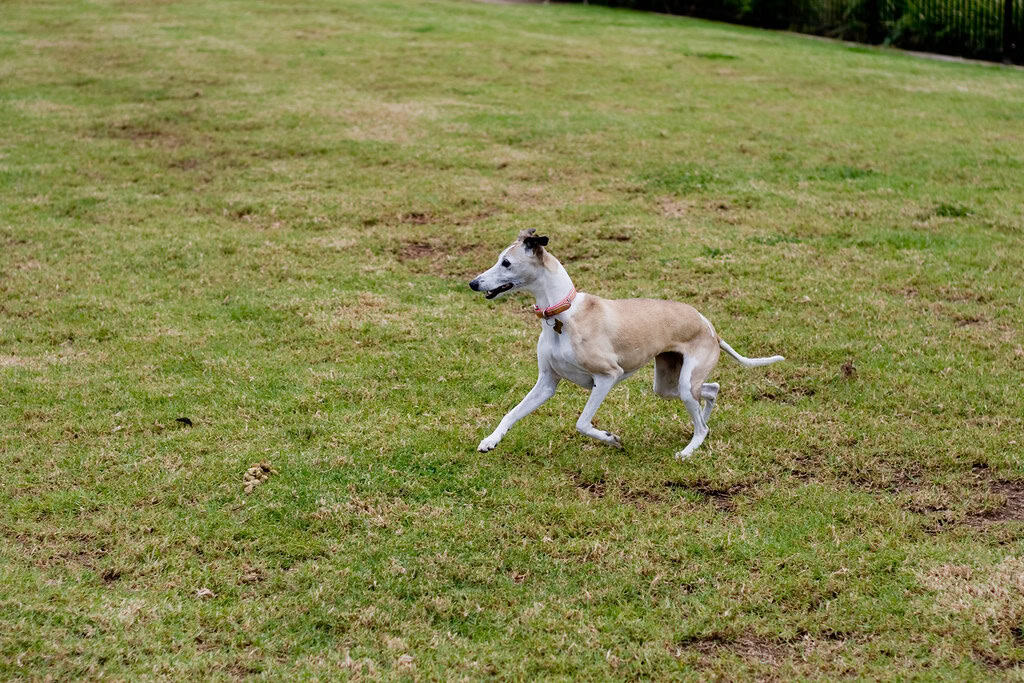
Watching your dog chase their tail is like watching someone try to catch their own shadow – entertaining but seemingly pointless. Has your pup ever gone after their tail like they didn’t know it was part of their body? Some dogs chase their tails when they’re bored and need more mental stimulation or physical activity. Puppies might also chase their tails out of curiosity as they gain awareness of their bodies. For young dogs, it’s often just a case of “Hey, what’s that moving thing attached to me?” Dogs chase their tails for a variety of reasons. Some dogs do it because they’re bored or anxious, while others chase their tails because they’re trying to catch something that’s just out of reach. However, if your adult dog suddenly becomes obsessed with tail chasing, it could signal anxiety, boredom, or even a medical issue. In older dogs, it could be a sign of declining cognitive function, especially if it’s a new behavior. Think of excessive tail chasing as your dog’s version of a nervous habit – like humans biting their nails when stressed.
4. Getting the “Zoomies” Out of Nowhere

One minute your dog is calmly lying on the couch, and the next they’re tearing around the house like they’ve been shot out of a cannon. Have you ever seen a dog get a crazy, wild look in their eyes and then just take off running with a burst of energy? This is what we call the zoomies and it’s a completely normal behavior for dogs. Zoomies are actually a sign that your dog is feeling great, full of energy, and is really happy. Dogs tend to get the zoomies after bath time when they feel fresh and clean, when you get home from work and they’re really excited to see you, or even right before a walk. It’s basically your dog’s way of expressing pure joy and burning off excess energy all at once. Think of it as their version of jumping on a trampoline – pure, unfiltered happiness in motion. Just make sure when your dog gets this burst of energy that you protect them from crashing into you or other objects in the environment that could cause harm. Also, watch for slippery floors during zoomie time, which could lead to wipeouts and injury.
3. Sniffing Other Dogs’ Butts Like They’re Reading the Morning News
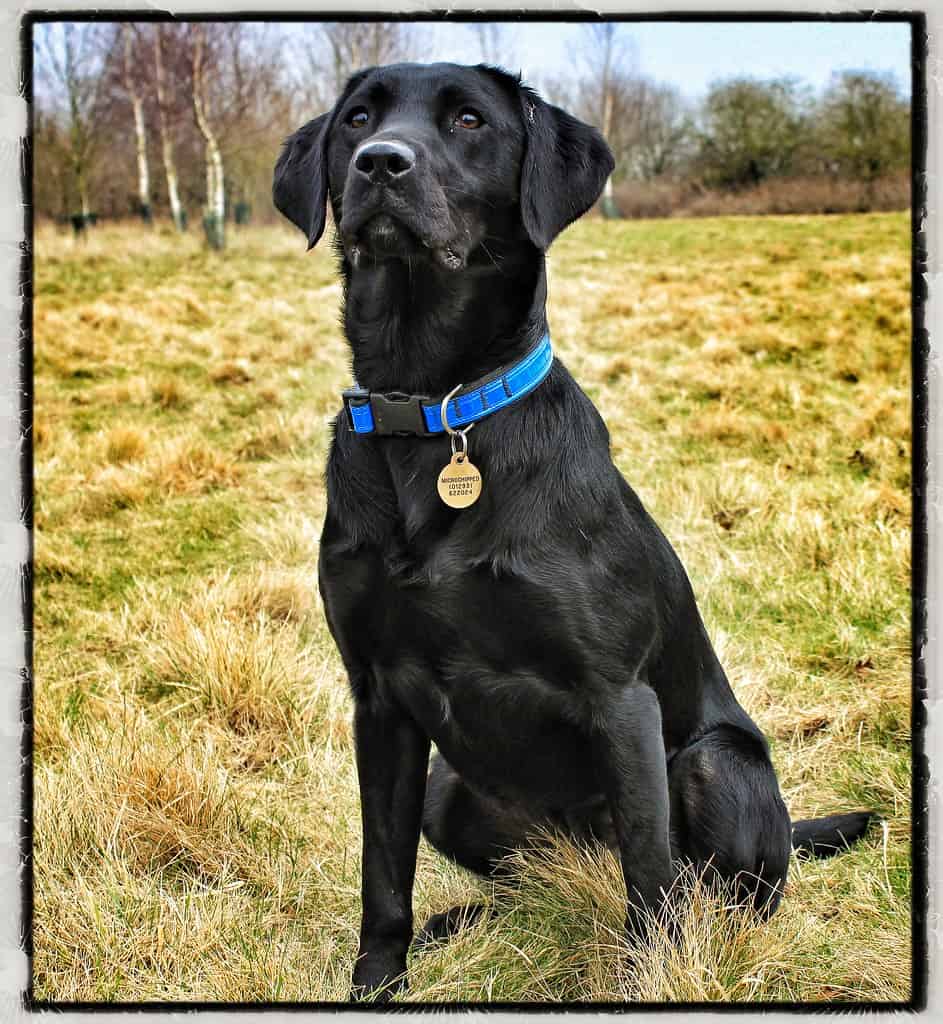
This behavior tops the list of things that make humans cringe, but for dogs, it’s perfectly normal social etiquette. Dogs are notorious for sniffing each other’s behinds. Many pooch parents are often embarrassed by this behavior because they perceive it as rude or even sexual. But that simply isn’t the case; it’s perfectly normal. Dogs smell better than humans see; they process the world through scent. Examining the rear ends, or other genital areas, of dogs is a way to learn a lot about their companion. Dr. Summerfield says dogs collect a lot of vital information via their noses, and the most concentrated sources of pheromones are in the crotch or butt areas, whether you have two legs or four. Although we might find this behavior socially inappropriate, sniffing the anus or genital areas of another dog is a very polite and normal way to say hello in the canine world, much like shaking hands for humans. Your dog isn’t being gross – they’re essentially reading the other dog’s business card, complete with age, health status, and mood information.
2. Kicking Their Feet After Going to the Bathroom
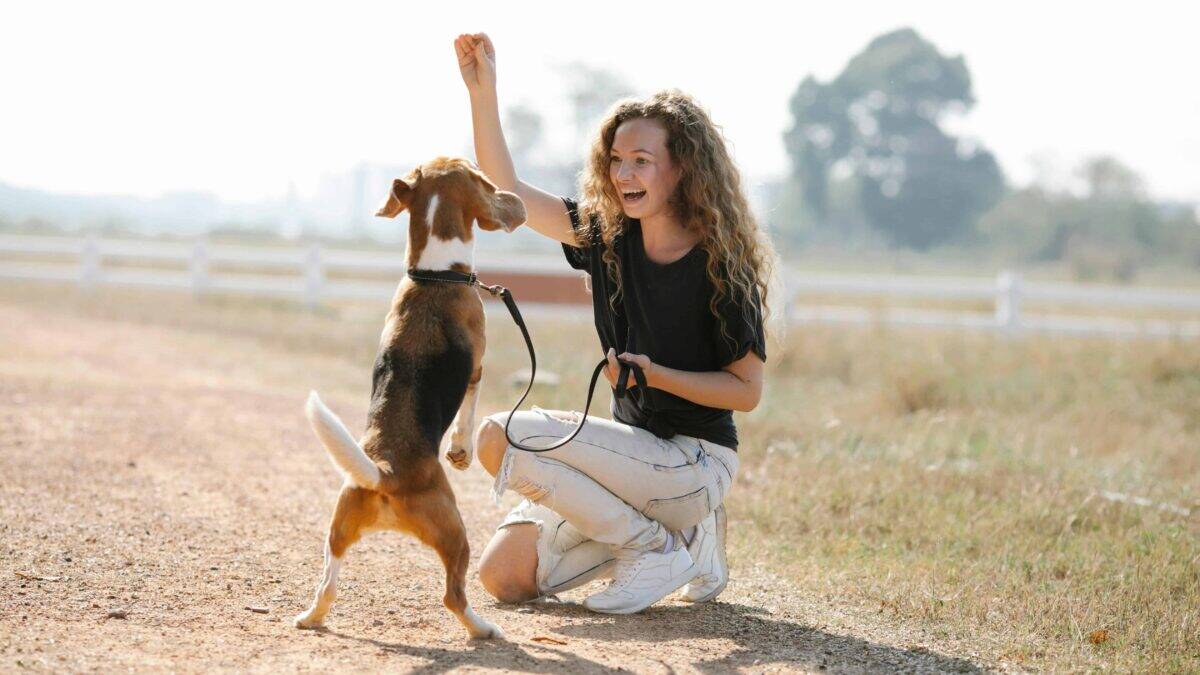
After your dog finishes their business, they often perform what looks like a backward dirt-kicking dance. Whether it’s on one of your daily walkies or when your pup is trotting around in the backyard, you’ve no doubt seen your pup kick their paws out behind them after they’ve peed or pooped… Now, you’re not alone if you believed your pooch was doing this to cover up their mess – but, unfortunately, if you thought this, you’d be wrong! Contrary to what many people think, your dog isn’t trying to cover up their waste like a cat would. It is believed that our four-legged friends tune into the magnetic fields of the earth, facing the north or south pole when releasing their bowels! A two-year study, led by zoologist Hynek Burda of Germany’s University of Duisburg-Essen, found that after testing 70 dogs from different breeds, dogs tend to favor the north or south axis when they do their business. Instead, they’re spreading scent from glands in their paws to mark their territory. It’s like signing their name at the bottom of a letter – “Your neighborhood correspondent was here.”
1. Carrying Food Away from Their Bowl to Eat It

Some dogs treat their food bowl like it’s contaminated and prefer to dine elsewhere, carrying kibble to random spots around the house. While most dogs love to scarf down their dinner, some pups might opt to carry kibble away from their food bowl before spitting it onto the floor and then eating it. While this behavior may seem concerning at first, it shouldn’t set any alarm bells off unless your dog refuses to eat entirely. Your pup might simply be stashing his food away for a midnight meal. Other reasons behind this behavior include protecting or hiding the food, wanting to be close to you when they eat, or not liking their food dish. There are a few reasons why your dog might be eating away from his food bowl. One possibility is that he doesn’t like the food you’re giving him. Another possibility is that your dog is anxious or stressed. This can happen if there’s something going on that he doesn’t like, such as another pet in the house. Sometimes it’s as simple as wanting to eat their dinner while keeping you company in the living room instead of alone in the kitchen. Think of it as your dog’s version of wanting to eat in front of the TV.
Conclusion
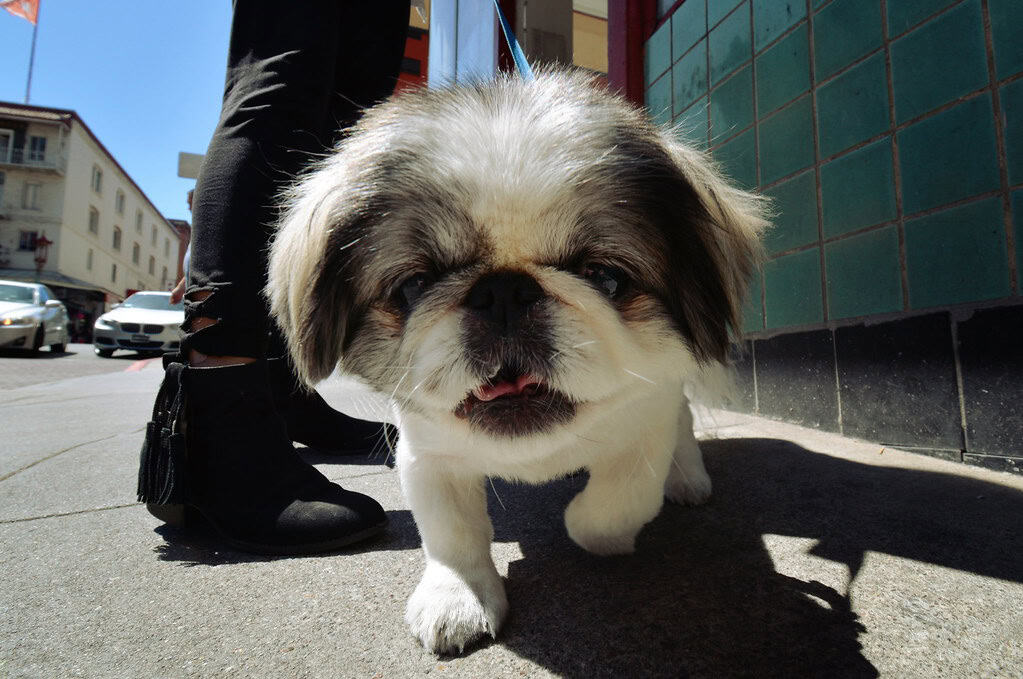
Understanding your dog’s weird behaviors helps strengthen the bond between you and your furry friend. Most of these seemingly strange actions are completely normal and rooted in thousands of years of evolution and instinct. From howling at sirens to carrying food around the house, your dog is simply being… well, a dog. Most of the time, your dog’s odd behaviors have a reasonable explanation, despite never seeing another dog do the same thing. Dogs, like people, are individuals, with individual personalities and quirks. When in doubt, contact the Fremont Animal Hospital team, who can help sort out whether your dog’s behavior is normal, abnormal, or caused by an underlying medical issue. While these behaviors are typically harmless, it’s always worth consulting your veterinarian if any behavior becomes excessive or is accompanied by other concerning symptoms. After all, some of the most endearing things about our dogs are the little quirks that make them uniquely themselves. Who would have guessed that something as simple as a head tilt could mean your dog is actually trying their best to understand every word you say?
- 12 Wild Species That Are Smarter Than We Ever Thought - August 9, 2025
- Top 10 Coral Reef Animals - August 9, 2025
- 15 Animals and Wildlife that Start with M - August 9, 2025

